Kannaki Amman : Goddess of Chastity
Listen
At a glance
| Description | |
|---|---|
| Origin | Indian Mythology |
| Classification | Gods |
| Family Members | Manayakan (Father), Kovalan (Husband) |
| Region | India, Sri Lanka |
| Associated With | Vengeance, Chastity, Justice |
Kannaki Amman
Introduction
Kannaki Amman, the divine form of the legendary Tamil heroine Kannagi, is one of the most revered figures in South Indian and Sri Lankan mythology. Her story, immortalized in the Tamil epic Silappatikaram by Ilango Adigal, is not merely a tale of devotion but a powerful testimony to justice, female virtue, and righteous wrath. She begins her journey as a mortal woman wronged by fate and betrayal but rises into divinity through her unshakable moral strength and fiery demand for justice. Worshipped in Tamil Nadu, Kerala, and across Sri Lanka, Kannaki Amman represents both the nurturing aspects of motherhood and the fierce energy of divine retribution, making her one of the most enduring symbols of feminine power in South Asian culture.
Physical Traits
In temple iconography and folk traditions, Kannaki Amman is depicted as a woman of extraordinary grace and simplicity, radiating both serenity and determination. Sculptures often show her dressed in traditional Tamil attire, her long hair flowing, symbolizing dignity and purity. The most iconic symbol associated with her is the broken anklet, which became the proof of her husband’s innocence and the turning point of her life. In certain depictions, she holds an anklet in each hand, embodying her role in the epic Silappatikaram. Artistic representations sometimes portray her with one breast torn off, referencing the dramatic act where she hurled her breast at the city of Madurai in rage, causing it to burn—a stark visual that captures her transformation from a gentle woman into a fiery goddess.
Family
Kannaki was born into a prosperous merchant family in the port city of Puhar, her father being Manayakan, a wealthy sea trader. She was married to Kovalan, the son of another affluent family, and for a time their marriage reflected harmony and fortune. However, their lives took a tragic turn when Kovalan, lured by desire, abandoned Kannaki for the courtesan Madhavi. Despite the betrayal, Kannaki remained steadfast, embodying the ideal of pativrata dharma, the sacred duty of a devoted wife. When Kovalan returned to her, repentant but destitute, she supported him with unwavering loyalty. Their attempt to rebuild their lives led them to Madurai, where Kovalan was wrongfully executed for stealing the queen’s anklet. This injustice sparked Kannaki’s transformation into a divine force of vengeance and justice.
Other names
Kannaki Amman is worshipped under different names and forms, each reflecting a facet of her divine identity. In Tamil Nadu, she is venerated as Kannaki Amman, the goddess of chastity and justice, and also identified with Mariamman, the goddess of rain, fertility, and healing. In Kerala, she is celebrated as Bhagavathi, particularly in the Kodungallur Bhagavathy Temple, where her fierce aspects are honored in rituals. In Sri Lanka, she is revered as Pattini Deviyo, a guardian deity worshipped by both Tamil Hindus and Sinhalese Buddhists, embodying cultural syncretism across faiths. Other epithets such as Orraimulachi, meaning the “one-breasted woman,” highlight her act of righteous sacrifice, while names like Mangala Madanthai and Sakra associate her with auspiciousness and divine strength. Through these multiple identities, Kannaki’s presence bridges regional and religious boundaries, uniting communities under her myth.
Powers and Abilities
The transformation of Kannaki into Kannaki Amman is inseparable from her extraordinary powers, which symbolize both destruction and renewal. Her most celebrated act was the fiery destruction of Madurai, achieved not through weapons but through her curse and divine energy. This event marks her as a goddess of justice, whose wrath is unstoppable when truth is violated. As Mariamman, she is believed to bring rainfall, fertility, and agricultural abundance, ensuring the prosperity of her devotees. She is also worshipped as a healer, capable of curing diseases like smallpox and protecting families from epidemics. Rituals and offerings made to her are thought to safeguard chastity, fidelity, and marital harmony, making her not only a punisher of injustice but also a protector of households. Legends even describe celestial beings descending to honor her, signifying her acceptance among the divine pantheon.
Modern Day Influence
The influence of Kannaki Amman extends far beyond the pages of ancient literature, resonating strongly in modern culture, religion, and feminism. Temples dedicated to her, such as the Mangala Devi Kannagi Temple in Kerala, the Thambiluvil Kannaki Amman Temple in Sri Lanka, and numerous shrines across Tamil Nadu, remain important centers of worship, attracting devotees who seek justice, healing, and protection. Festivals in her honor, especially during Vaikasi, include grand processions, retellings of her story, and offerings that reaffirm her enduring presence in community life.
In literature and performing arts, her tale has been retold countless times, each retelling emphasizing different facets of her identity—sometimes as the grieving widow, other times as the fiery avenger. Modern plays, films, and classical dance forms like Bharatanatyam and Kathakali reinterpret her story, blending traditional devotion with contemporary themes. Directors such as Jayaraj have adapted her story into cinema, placing her alongside global icons of tragic heroines like Cleopatra.
From a feminist perspective, Kannaki Amman has become a symbol of resilience and empowerment, representing the transformation of sorrow into strength. She is often seen as a cultural archetype for women’s fight against injustice and patriarchal oppression. Scholars and activists interpret her story as a metaphor for women’s voices breaking free from silence, reclaiming agency through moral integrity and righteous anger.
The worship of Kannaki also showcases remarkable religious integration, as she is honored both in Hindu and Buddhist traditions. This unique syncretism makes her not only a regional goddess but also a pan-South Asian figure of unity. Today, her story continues to be retold, reinterpreted, and celebrated, proving that Kannaki Amman is not just a mythological figure of the past but a living goddess whose influence shapes identity, justice, and spirituality in the modern world.
Related Images
Source
Ilango Adigal. (c. 5th century CE). Silappatikaram. Translations and commentaries vary; foundational Tamil epic.
Hindu Scriptures. (2021, February 17). Kannaki Amman. Retrieved from https://hinduscriptures.com/kannaki-amman/
Wikipedia contributors. (n.d.). Kannagi. In Wikipedia. Retrieved August 30, 2025, from https://en.wikipedia.org/wiki/Kannagi
Nandhakumar, K. (2020, December 18). Who was Kannagi? Pratha Cultural School. Retrieved from https://www.prathaculturalschool.com/post/kannagi
The Verandah Club. (n.d.). Kannagi: A Symbol of Defiance and Justice. Retrieved from https://theverandahclub.com/article/kannagi-a-symbol-of-defiance-and-justice-879
M De Alwis. (2018). The incorporation and transformation of a ’Hindu’goddess: the worship of Kannaki-Pattini in Sri Lanka. In The South Asianist. https://core.ac.uk/download/pdf/162675445.pdf
Frequently Asked Questions
What is lorem Ipsum?
I am text block. Click edit button to change this text. Lorem ipsum dolor sit amet, consectetur adipiscing elit. Ut elit tellus, luctus nec ullamcorper mattis, pulvinar dapibus leo.
What is lorem Ipsum?
I am text block. Click edit button to change this text. Lorem ipsum dolor sit amet, consectetur adipiscing elit. Ut elit tellus, luctus nec ullamcorper mattis, pulvinar dapibus leo.
What is lorem Ipsum?
I am text block. Click edit button to change this text. Lorem ipsum dolor sit amet, consectetur adipiscing elit. Ut elit tellus, luctus nec ullamcorper mattis, pulvinar dapibus leo.
What is lorem Ipsum?
I am text block. Click edit button to change this text. Lorem ipsum dolor sit amet, consectetur adipiscing elit. Ut elit tellus, luctus nec ullamcorper mattis, pulvinar dapibus leo.
What is lorem Ipsum?
I am text block. Click edit button to change this text. Lorem ipsum dolor sit amet, consectetur adipiscing elit. Ut elit tellus, luctus nec ullamcorper mattis, pulvinar dapibus leo.



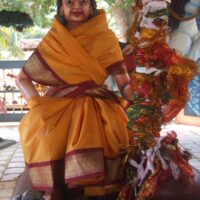
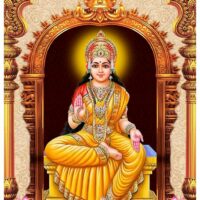

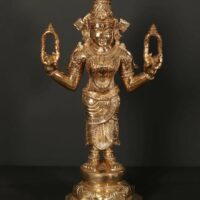




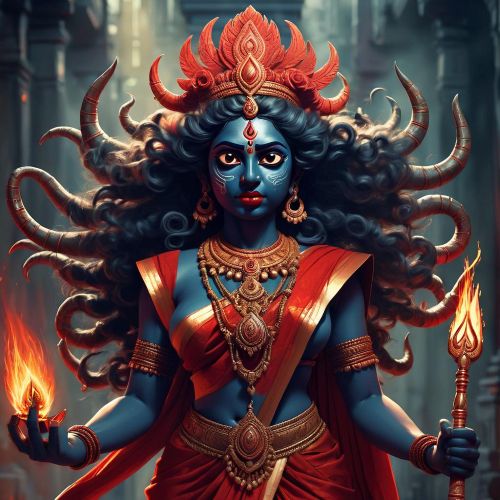
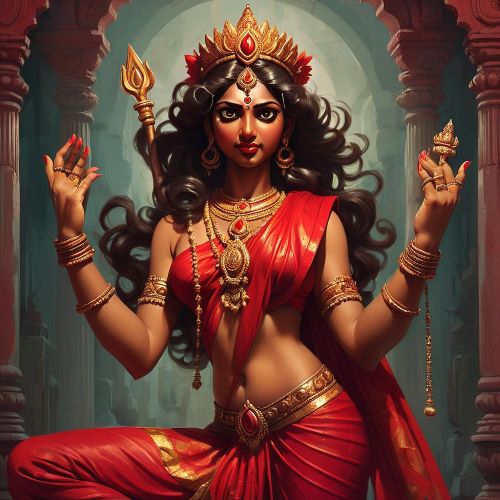

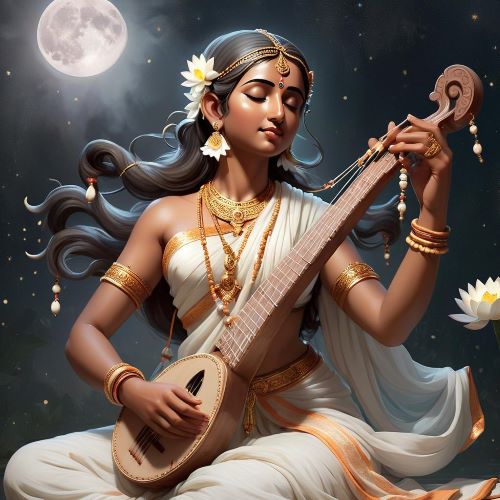
Anabelle Stehr
Every time I visit your website, I’m greeted with thought-provoking content and impeccable writing. You truly have a gift for articulating complex ideas in a clear and engaging manner.
Breanne Wilderman
Your blog is a true hidden gem on the internet. Your thoughtful analysis and engaging writing style set you apart from the crowd. Keep up the excellent work!
Lionel Hermann
My brother suggested I might like this website He was totally right This post actually made my day You cannt imagine just how much time I had spent for this information Thanks
Alberto Schmidt
I just could not depart your web site prior to suggesting that I really loved the usual info an individual supply in your visitors Is gonna be back regularly to check up on new posts
Sterling Torp
Thank you for the auspicious writeup It in fact was a amusement account it Look advanced to more added agreeable from you By the way how could we communicate
Evelyn Buckridge
Its like you read my mind You appear to know so much about this like you wrote the book in it or something I think that you can do with a few pics to drive the message home a little bit but other than that this is fantastic blog A great read Ill certainly be back